How To Create A Mood Board For Your Brand & Why You Definitely Should

We’re all about making vision boards as a way of leveling up your life. But, did you know that there’s another source of visual inspiration on the block?
Today, we’re diving into mood boards. A mood board is a visual tool used to help guide design, especially for brands. No matter what you’re creating a mood board for, it should always have a cohesive look that evokes a certain feeling or message. Whether it’s setting a specific aesthetic, conveying an emotion, or capturing a particular vibe, a mood board serves as a source of inspiration to help you bring that vision to life.
Creating a mood board is similar to how you’d create a vision board, with a bigger emphasis on aesthetic and design. Think about them like this: vision boards are for goals and dreams, while mood boards are visual representations of the vibe of the project they’re made for.
This may seem like a skippable step on the roadmap to building and scaling a brand, but it’s actually one of the most important steps. There are so many benefits to building a mood board before diving into the world of branding. And, the fact that it’s honestly just fun to do isn’t even included in the benefits we’ve listed for you below!
But, we know creating a branding mood board may seem like a daunting task if you’ve never made one before. Trust us, you’re not in this alone. We’d never leave you hanging! That’s why in today’s post, we’ll be giving you all the details on how to make an effective and vibey mood board for your brand.
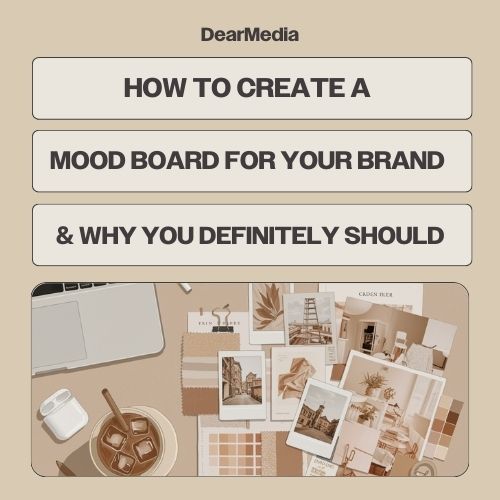
How To Create A Mood Board For Your Brand
Mood boards can be a crucial element when it comes to hitting your brand goals. They offer so much in the way of clarity, creativity, and vision. But, you don’t have to just take our word for it that they’re worth it! We’re going to talk about all the benefits below, so you know exactly how a mood board can help you.

What Are The Benefits Of A Mood Board For Brand Identity?
You can use it for inspiration.
This may be the most obvious benefit, but it’s still an incredibly important one. If you’ve ever felt stuck with no ideas, or trapped between too many, the mood board can help you. It’s like a guiding light, both giving way to new ideas and enhancing the ones you already have.
Your team will have a shared understanding of the brand’s vision.
Mood boards are created to capture the feeling you want your brand to convey. They take abstract ideas, like a general vibe, and turn them into a clear visual representation. This helps your team stay aligned with the brand’s mood, making collaboration smoother and reducing the need for constant redirection.
It provides a reference point for design projects.
Your mood board should align with your brand kit’s colors and overall aesthetic. This way, it can act as a starting point for design projects, setting the tone for all your visual marketing materials an essential aspect of branding in the digital age.
Your mood board can enhance brand experience.
Because your mood board is setting the tone for the entire visual experience of your brand, it makes everything more cohesive and engaging. You’ll feel the mood and intention reflected in every piece of content, helping to create a unique brand identity that delivers the ‘WOW’ factor and sets you apart from the competition.

How To Create A Mood Board For Brand Identity
Determine your target audience.
When it comes to defining your audience, there are some important questions to ask yourself once you’ve decided it’s time to start building your brand. Who are you building your brand for? What do they like? How is your product or service going to make them feel? What’s going to appeal to them, visually and emotionally?
Get inspo.
This is probably the most fun part of creating a mood board: collecting inspiration. For this step, we recommend using an app that lets you save a collection of photos and other content, such as a Pinterest board. Then, go crazy. Collect as much visual inspiration as you need to feel confident you’ve got the pieces of your mood board.
Analyze what you’ve collected.
Once you’ve collected your inspiration, analyze what you’ve collected. Are there any colors that stand out? Any images or symbols? A certain font?
Write down the commonalities your inspiration pieces share with each other. This will help guide you to which items you’re actually going to include on the board.
Pick your mood board design elements.
Now that you’ve got your list of things that inspire you and represent your vibe, it’s time to decide on the elements that will comprise your mood board. Here are some of the different elements to consider:
- Color
- Texture
- Pattern
- Font
- Brand examples (logo, website design elements, etc.)
- Focus (product or service offered)
Assemble your mood board!
Take your inspiration, the design elements you’ve chosen, and the design software of your choice, and get to work putting it together! For designing, you can use Canva, Photoshop, Illustrator, or you can even hand make a physical mood board in your “My Dream Life” journal.
If you’re having trouble visualising the full board, don’t sweat it! There are plenty of mood board templates out there to help you out.
Making a mood board for your brand can totally change the game.
We hope this post has helped you create the mood board of your dreams. You’ll be surprised at how much easier your business decisions are once you have one.
Here at Dear Media, we’re kind of like the “If You Give A Mouse A Cookie” of podcasting. We want to make it easy for you! That’s why we’re putting out podcasts and posts on how to start a small business with low investment, such as a podcast.
And now that you know how to do that, you’re probably wondering what do you need to start a podcast? We’ve got that info too, obviously! Plus, once you know what you need, you’ll probably want to know how to conduct a good podcast interview. See? It just keeps going.
There’s no limit to what you can learn with Dear Media. We’ve got details on everything from how to create a brand to how to launch a business to how to be a six-figure success.
Need more? Check out our list of best podcasts about business to keep leveling up your brand. You know we’re cheering for you, boo!



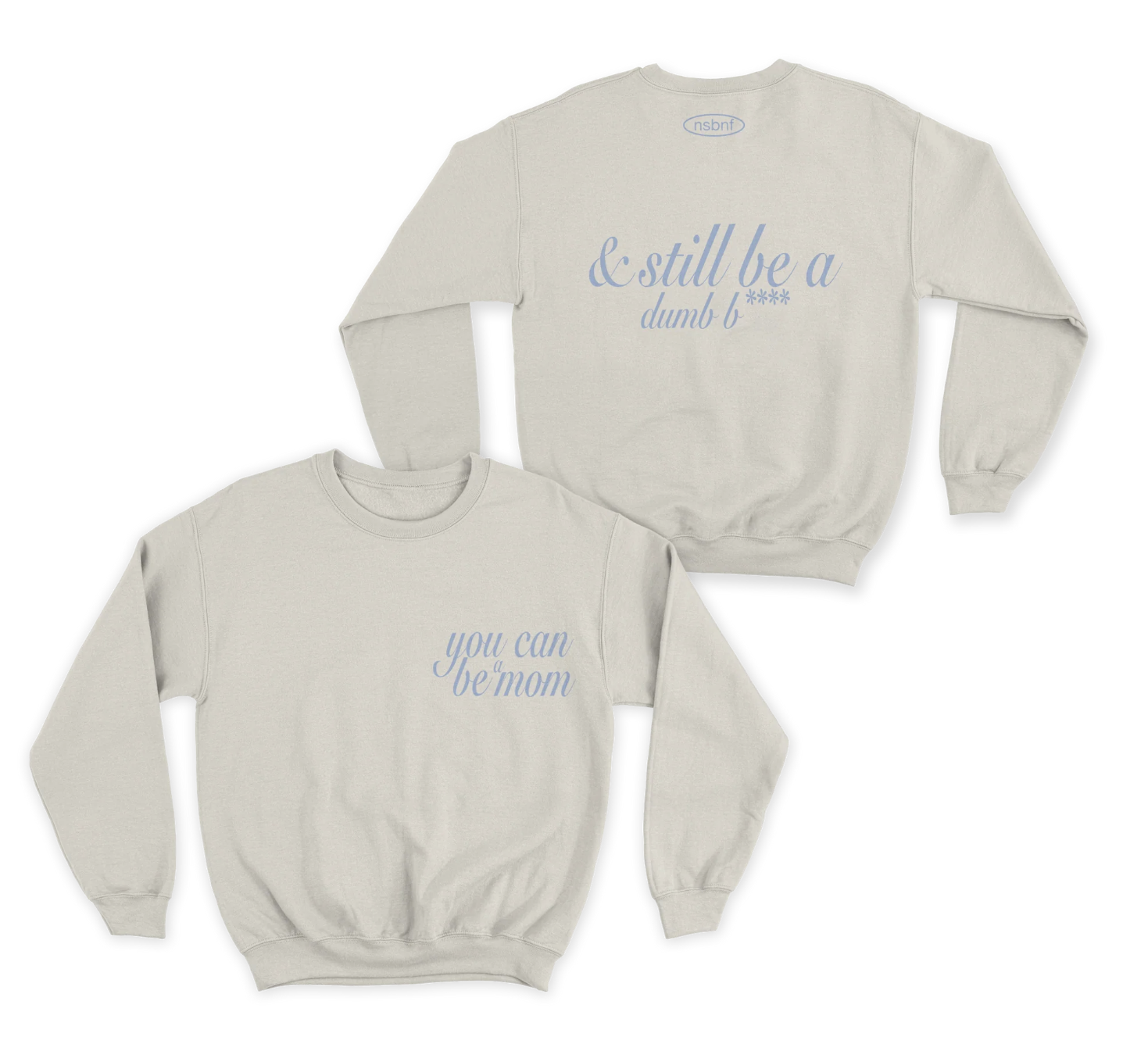
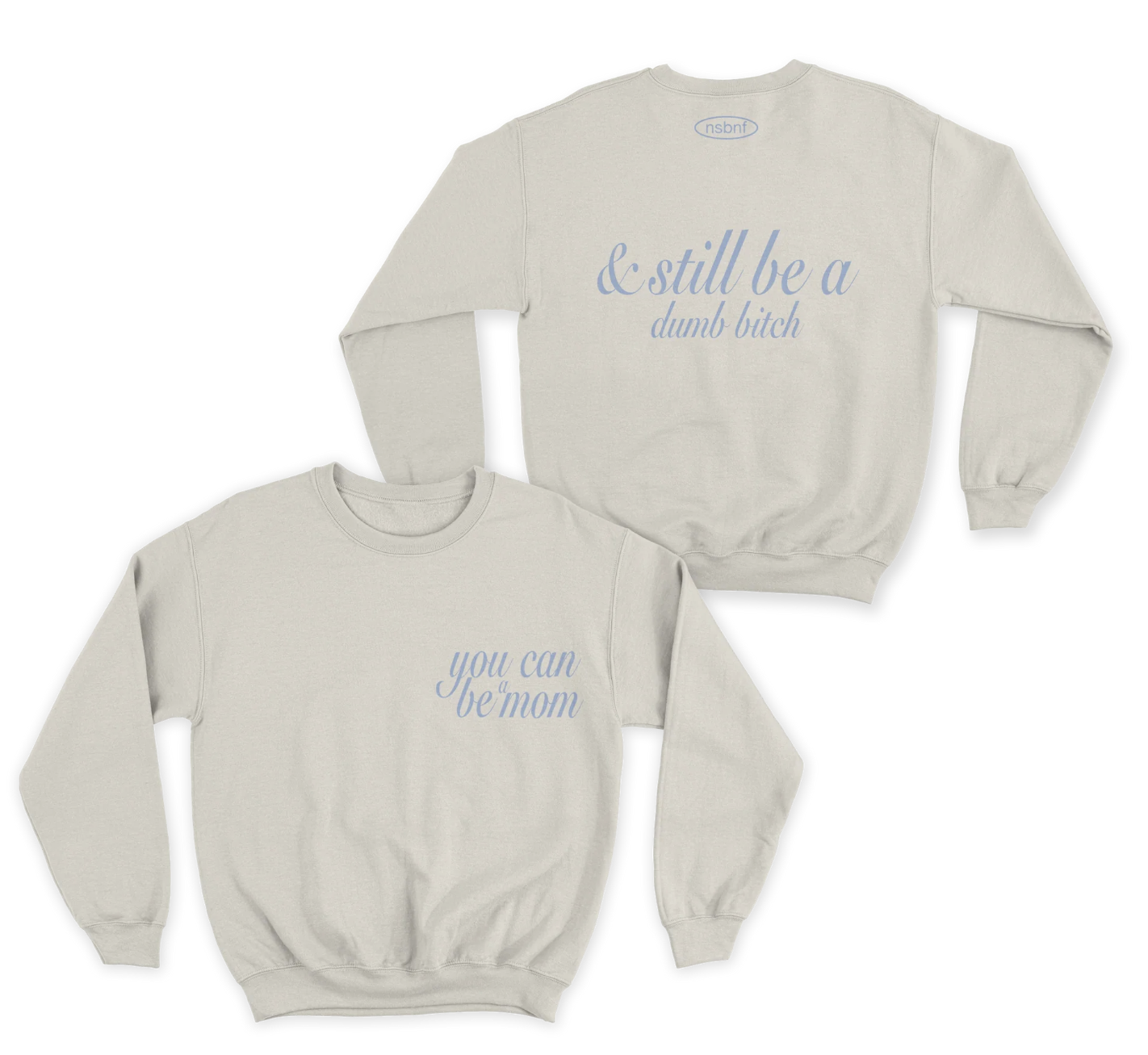

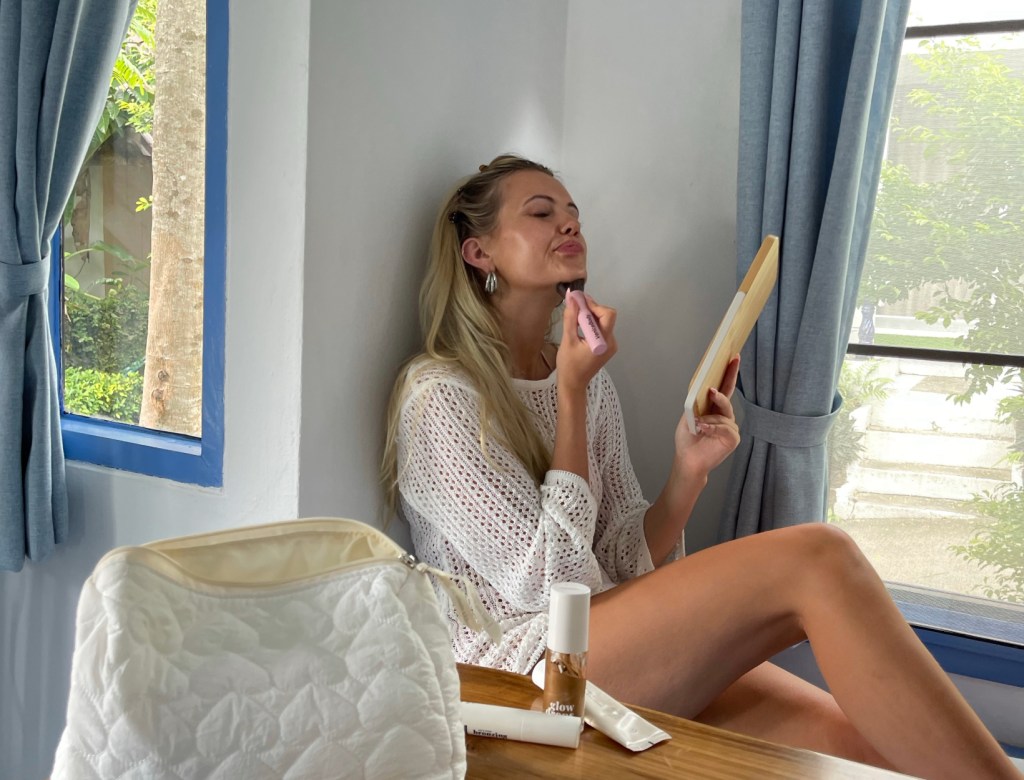

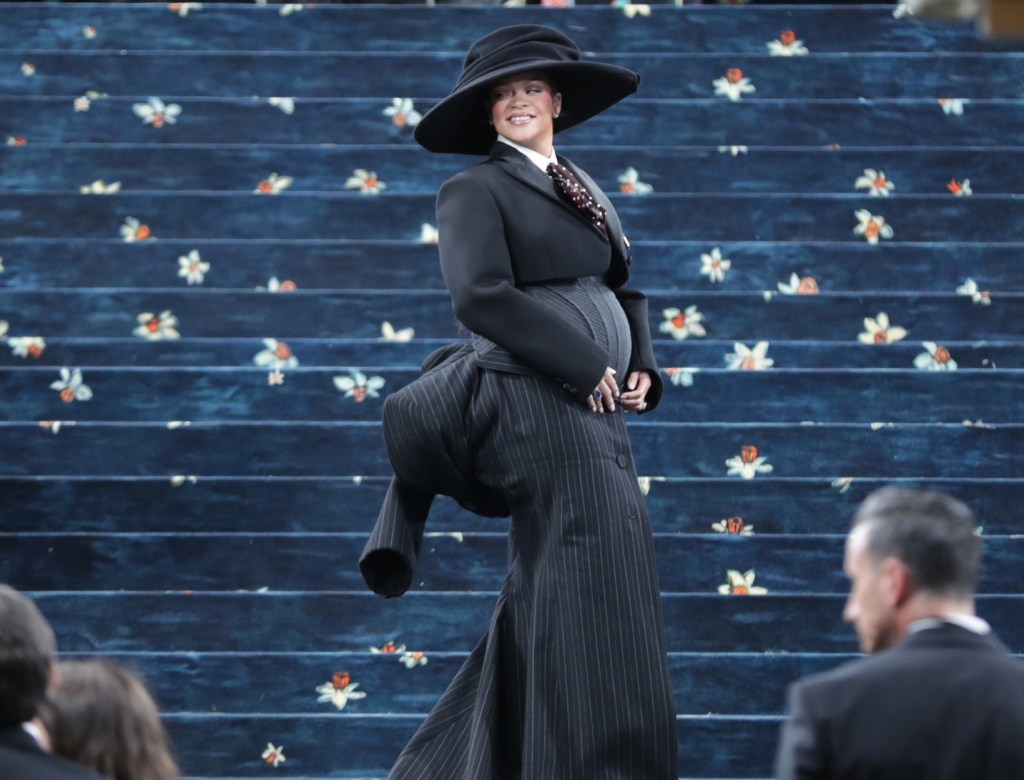
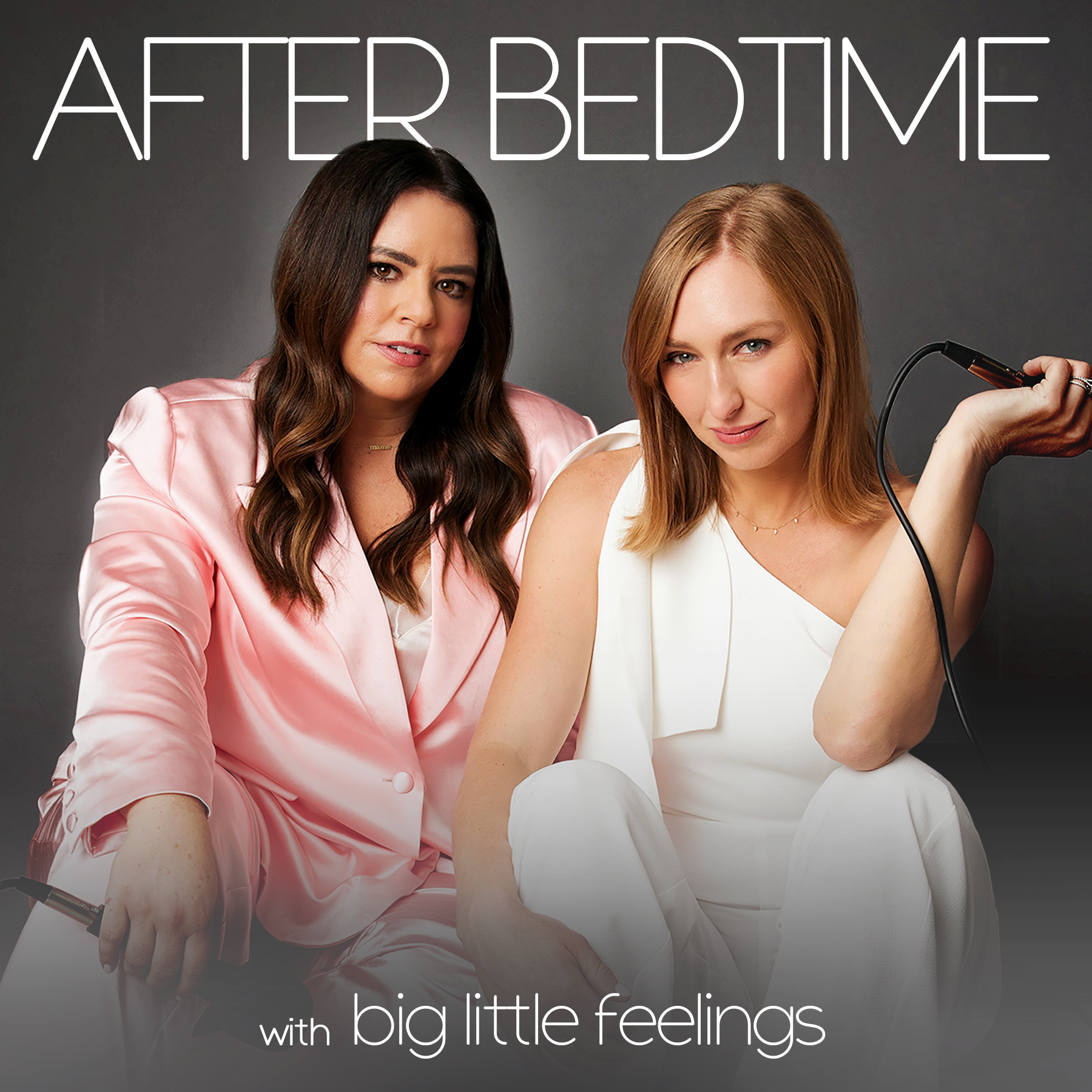
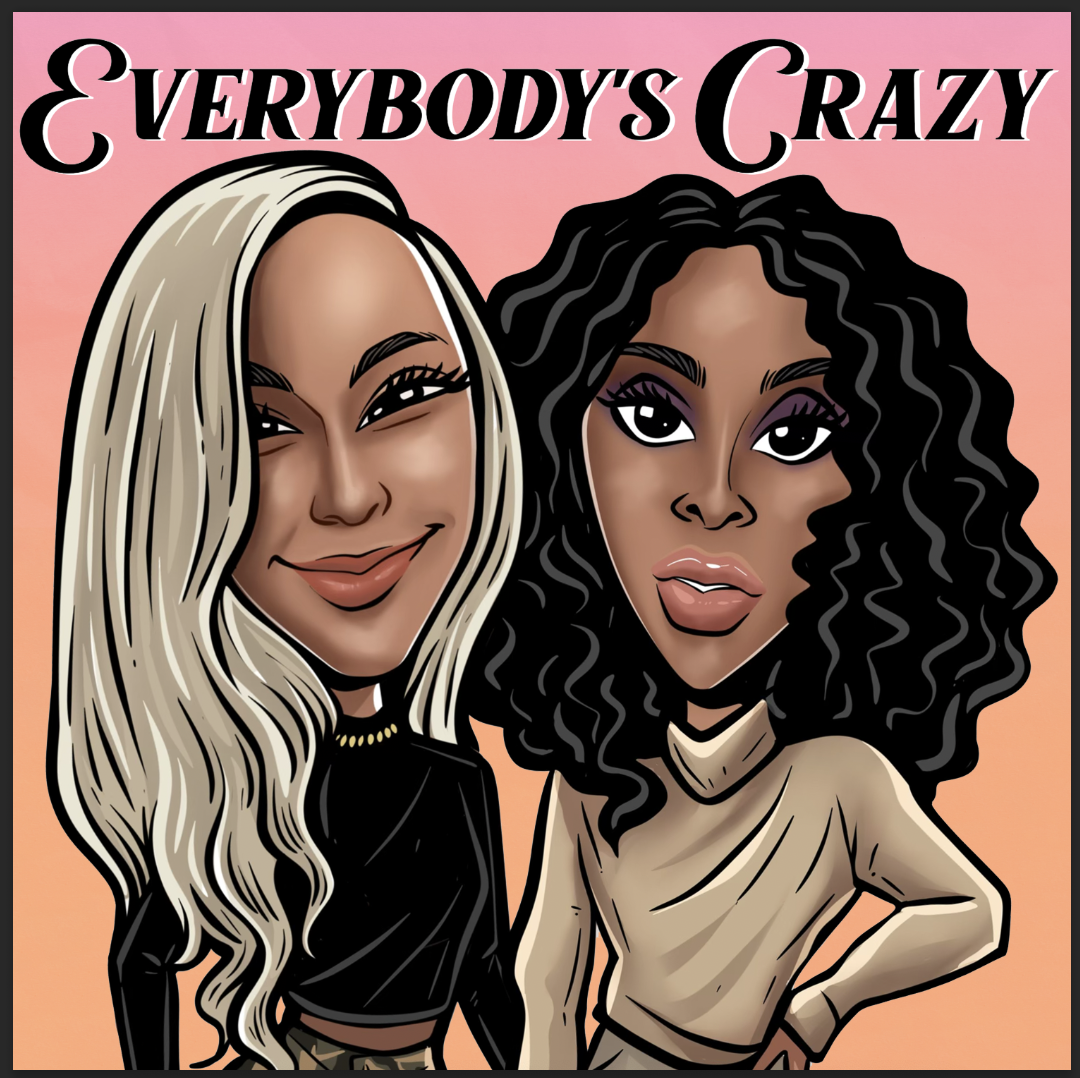
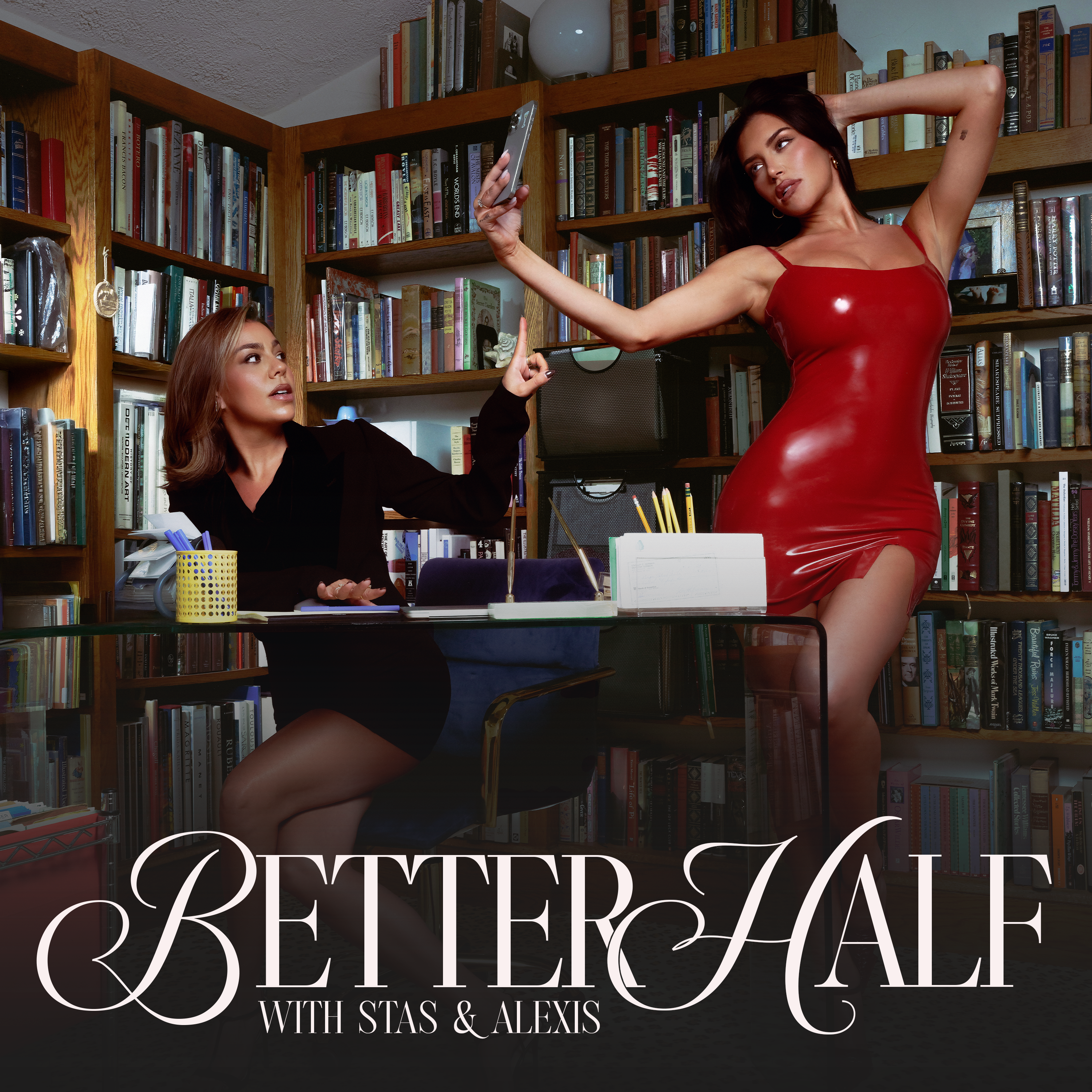
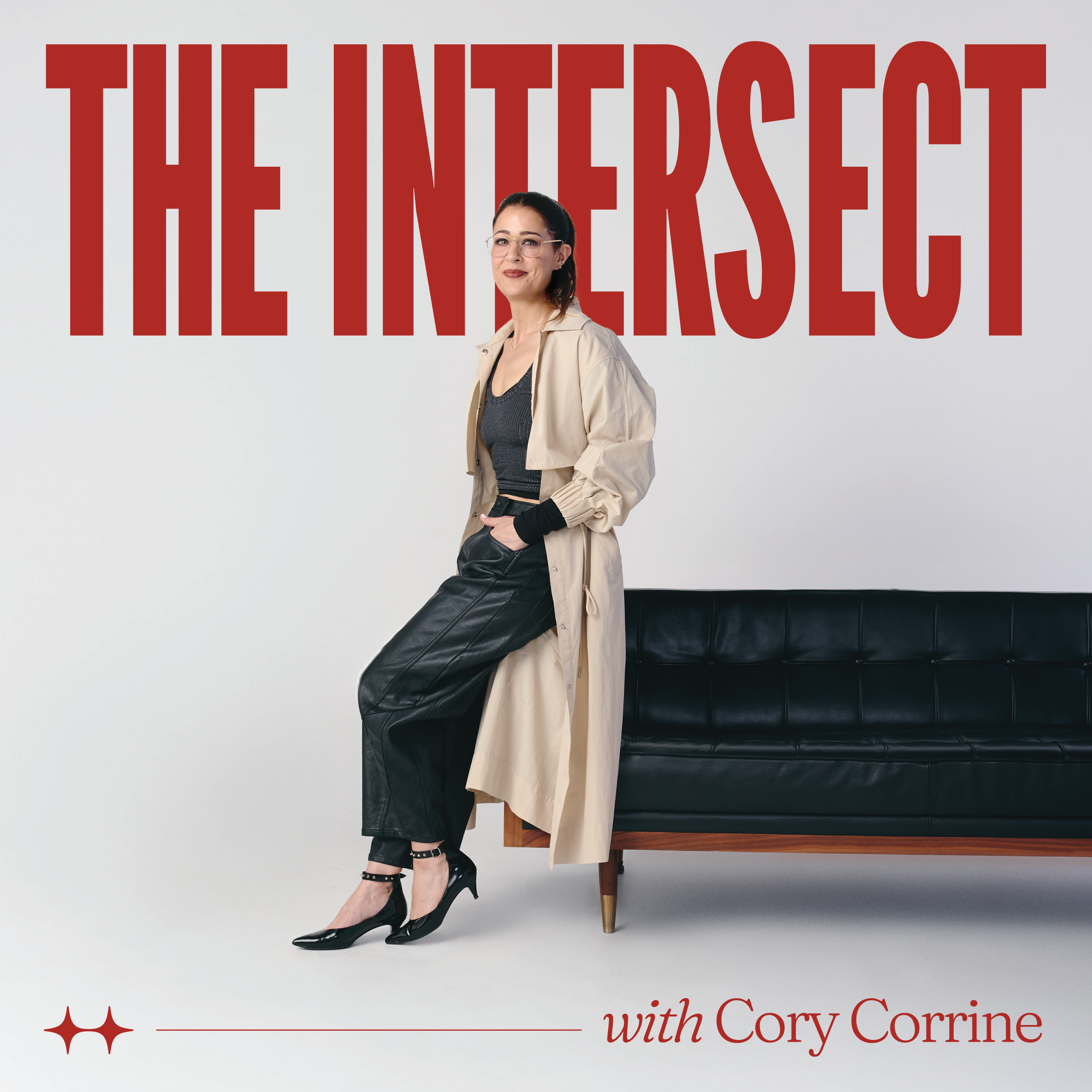
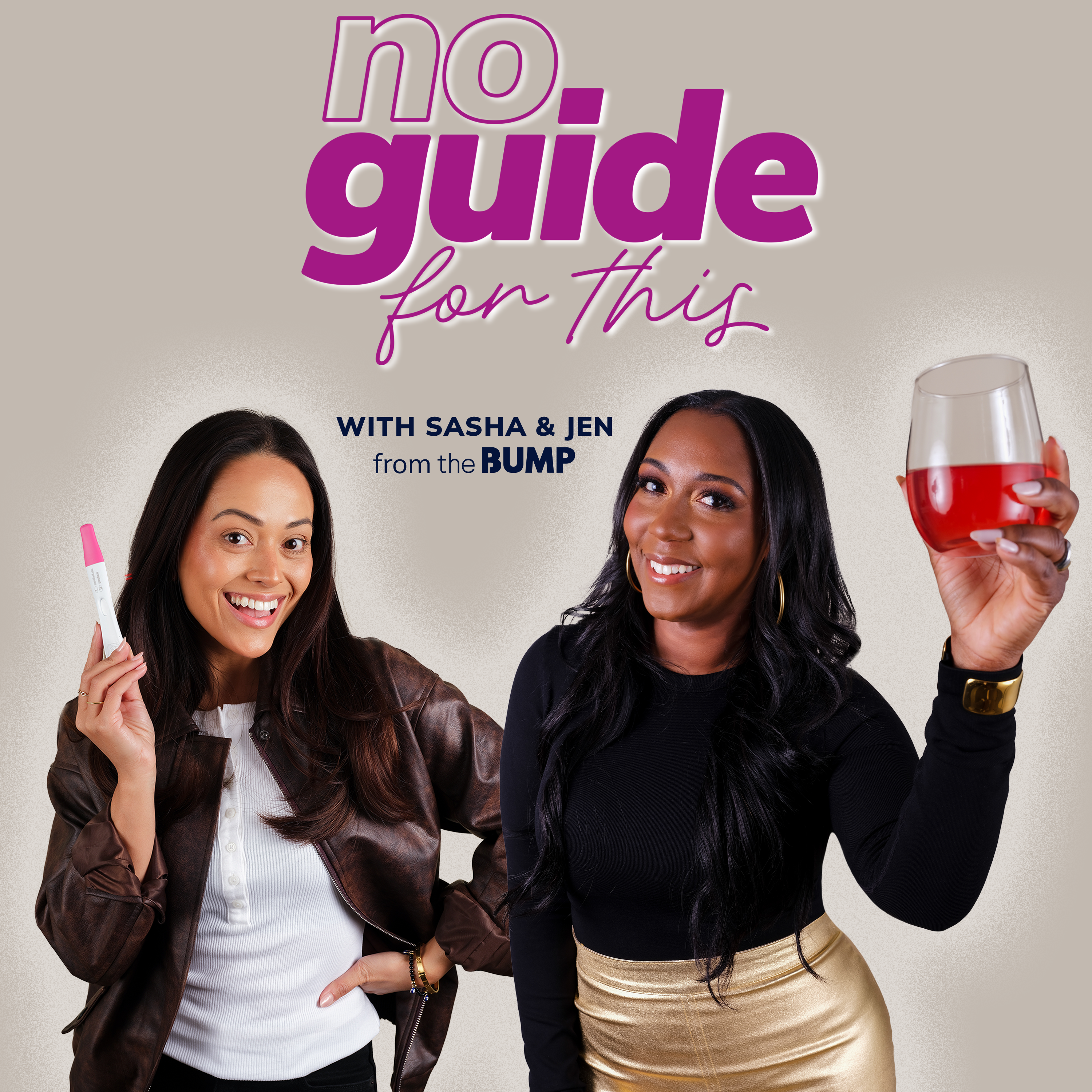

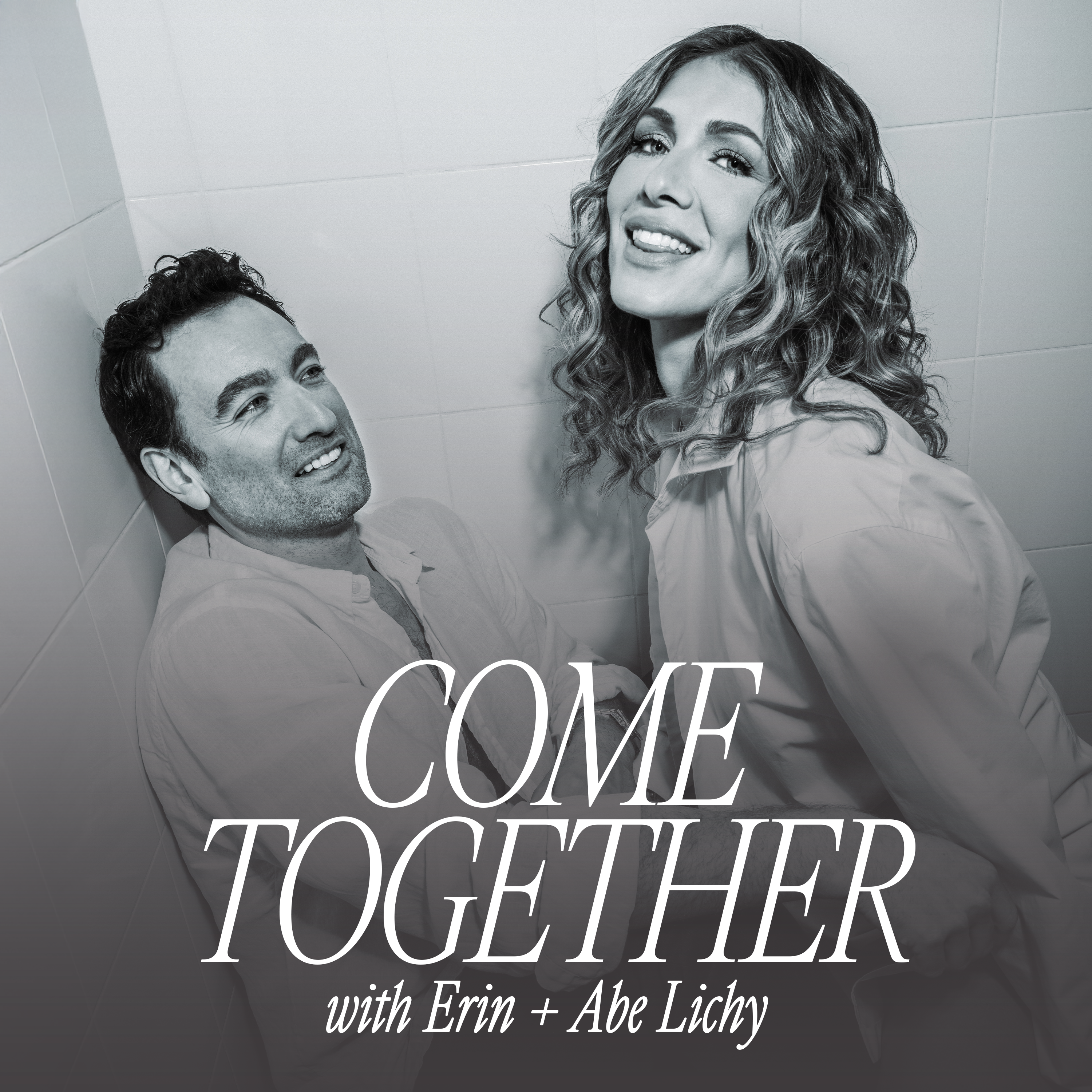
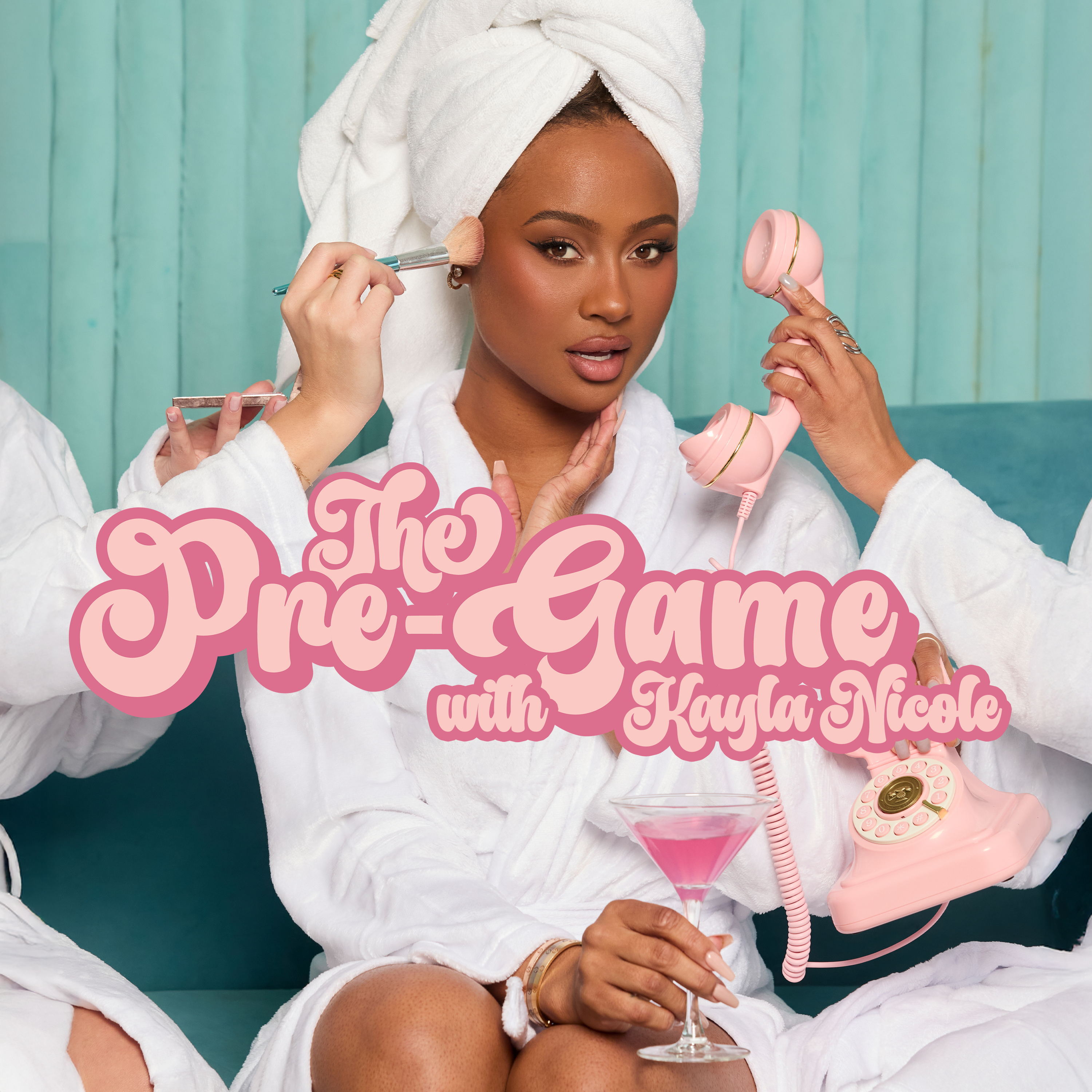
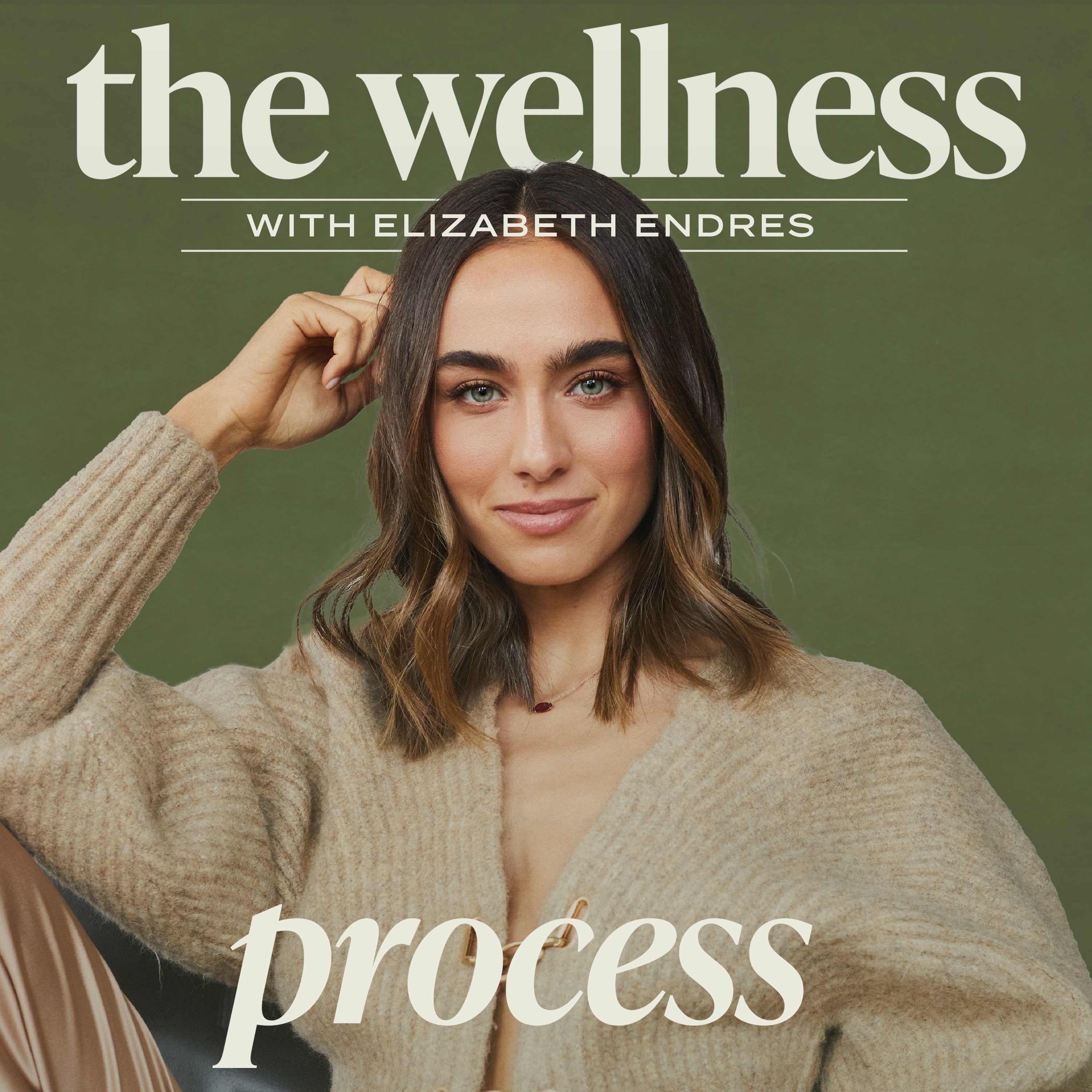
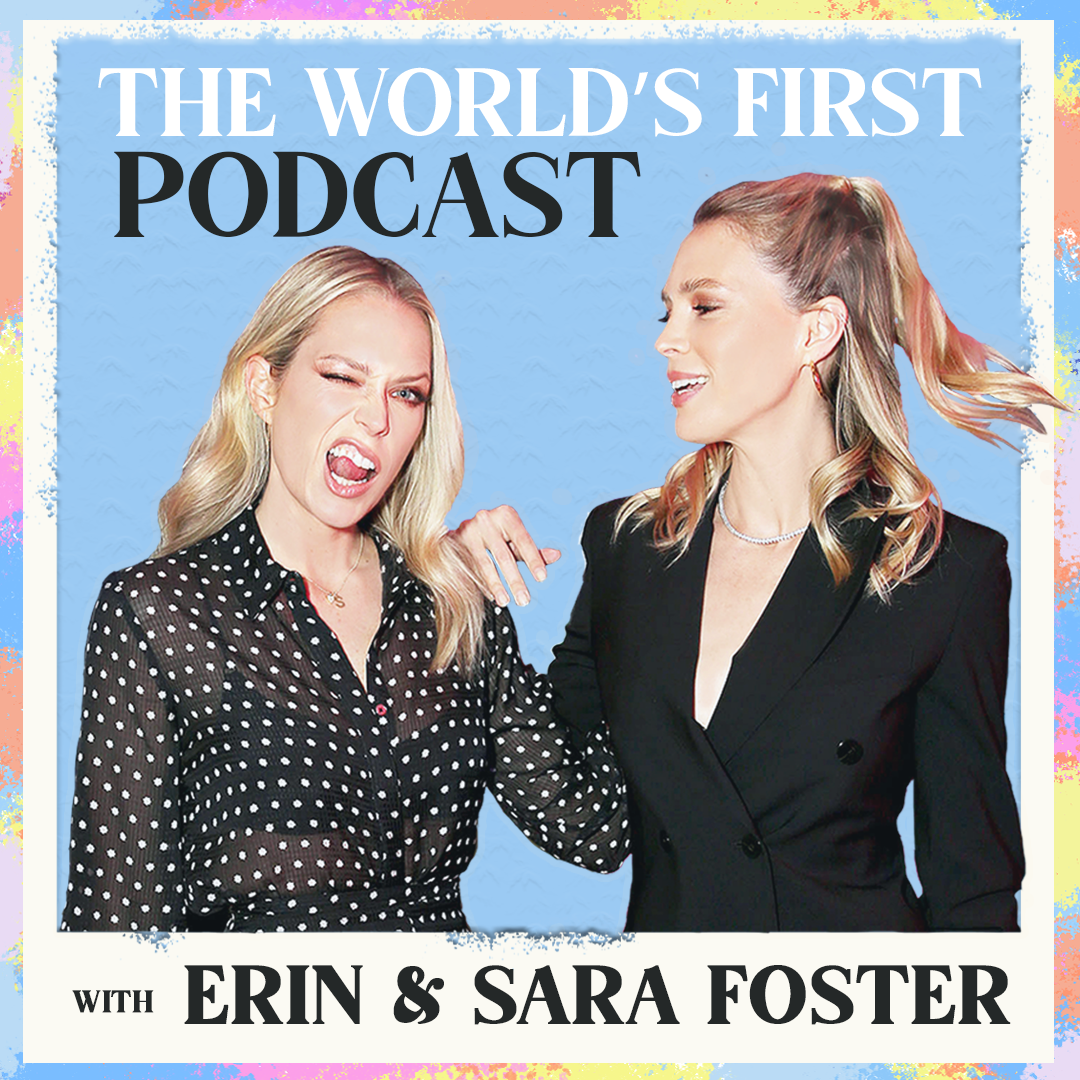

Leave a Reply